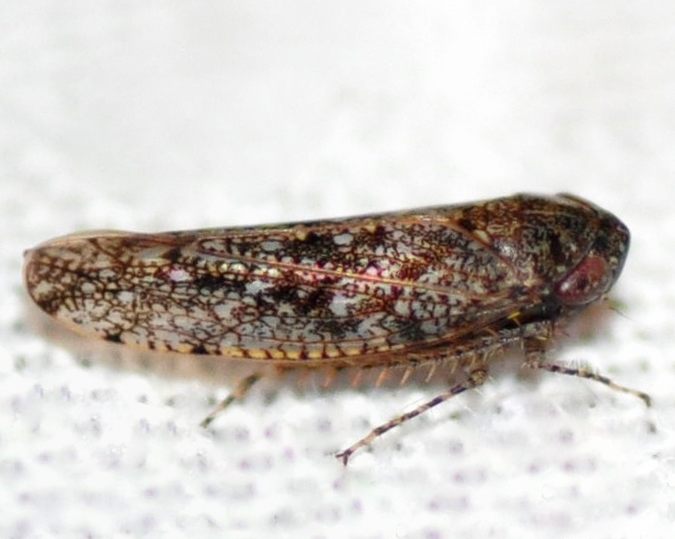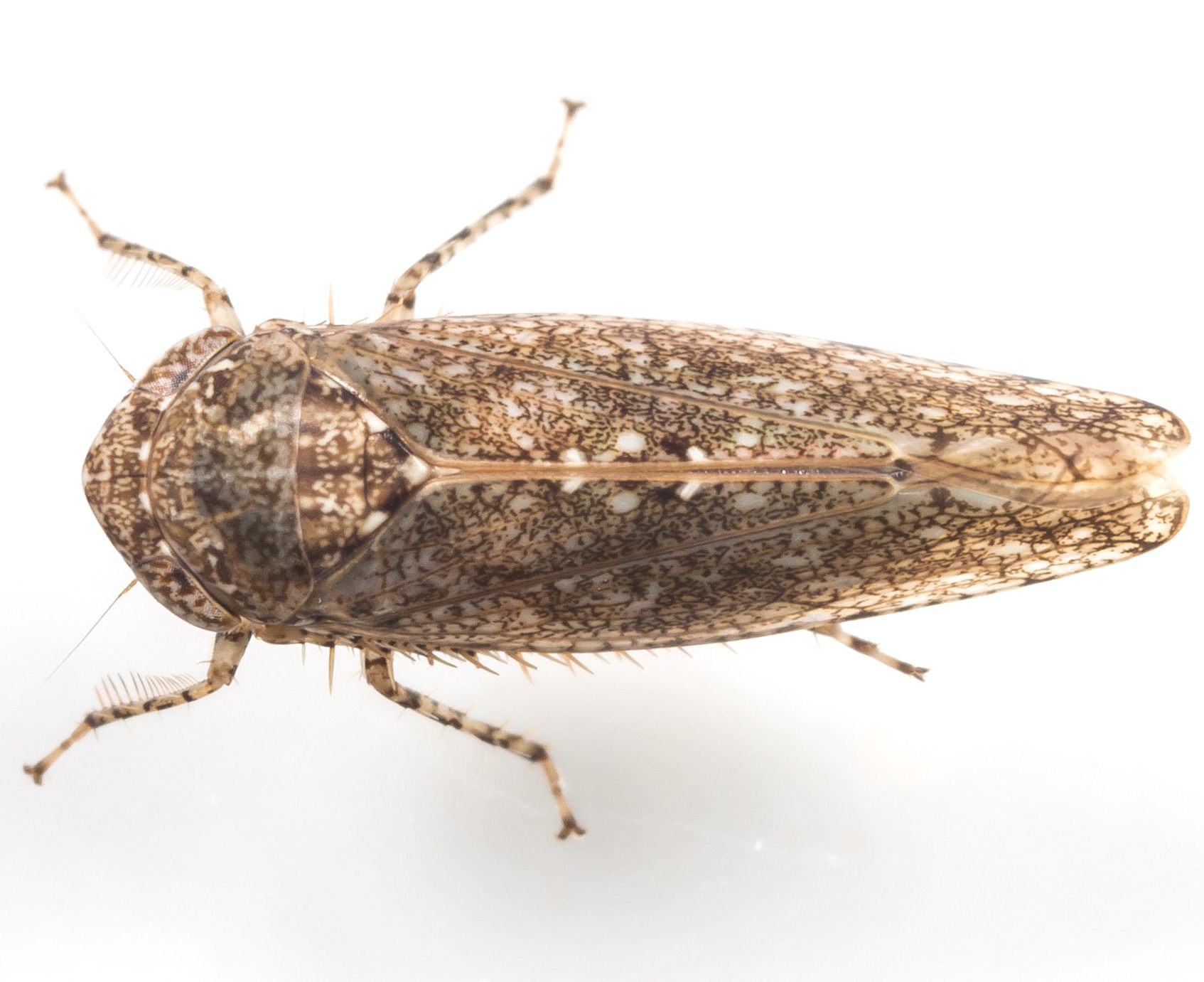Species Photo Gallery for Paraphlepsius irroratus Bespeckled Leafhopper 30 |
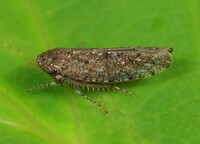 | Photo by: Rob Van Epps
Mecklenburg Co.
Comment: | 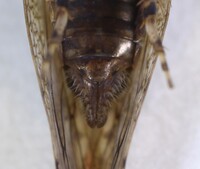 | Photo by: Rob Van Epps
Mecklenburg Co.
Comment: |
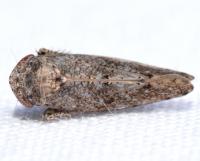 | Photo by: Kyle Kittelberger
Wake Co.
Comment: male, 6.8 mm | 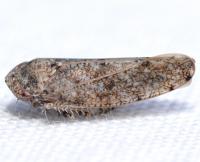 | Photo by: Kyle Kittelberger
Wake Co.
Comment: male, 6.8 mm |
 | Photo by: Kyle Kittelberger
Wake Co.
Comment: male, |  | Photo by: Bo Sullivan
Ashe Co.
Comment: male, 6.0 mm |
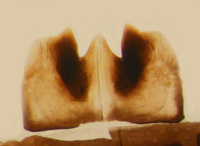 | Photo by: Bo Sullivan
Ashe Co.
Comment: female, 6.8 mm | 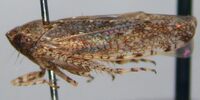 | Photo by: Bo Sullivan
Ashe Co.
Comment: male; 5.8 mm |
 | Photo by: Bo Sullivan
Ashe Co.
Comment: male; 5.8 mm | 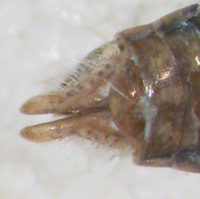 | Photo by: Bo Sullivan
Ashe Co.
Comment: male; 5.8 mm |
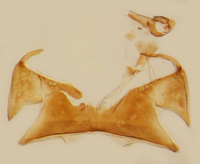 | Photo by: Bo Sullivan
Ashe Co.
Comment: male; 5.8 mm | 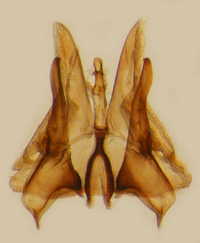 | Photo by: Bo Sullivan
Ashe Co.
Comment: male; 5.8 mm |
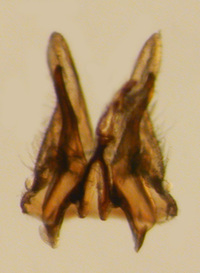 | Photo by: Bo Sullivan
Ashe Co.
Comment: male; 5.8 mm | 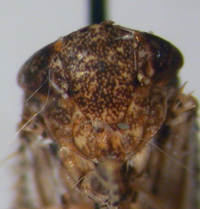 | Photo by: Bo Sullivan
Ashe Co.
Comment: male; 5.8 mm |
 | Photo by: Bo Sullivan
Ashe Co.
Comment: male; 5.8 mm | 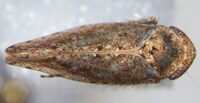 | Photo by: Bo Sullivan
Ashe Co.
Comment: female; 6.0 mm |
 | Photo by: Bo Sullivan
Ashe Co.
Comment: female; 6.0 mm | 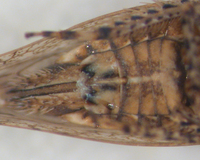 | Photo by: Bo Sullivan
Ashe Co.
Comment: female; 6.0 mm |
 | Photo by: Bo Sullivan
Ashe Co.
Comment: female; 6.0 mm | 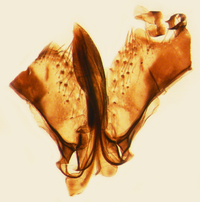 | Photo by: Bo Sullivan
Ashe Co.
Comment: female; 6.0 mm |
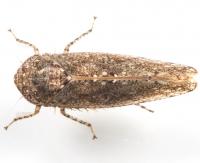 | Photo by: John Rosenfeld
Out Of State Co.
Comment: female |  | Photo by: John Rosenfeld
Out Of State Co.
Comment: female |
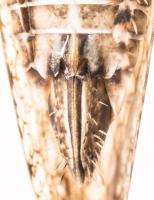 | Photo by: John Rosenfeld
Out Of State Co.
Comment: female | 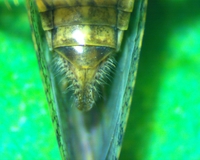 | Photo by: Ken Kneidel
Mecklenburg Co.
Comment: 5.7 mm male |
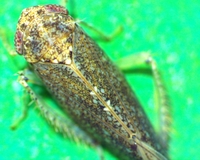 | Photo by: Ken Kneidel
Mecklenburg Co.
Comment: 5.7 mm male | 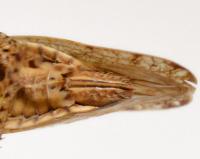 | Photo by: Kyle Kittelberger
Out Of State Co.
Comment: NCSU specimens |
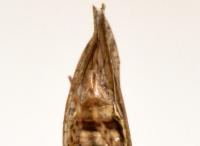 | Photo by: Kyle Kittelberger
Out Of State Co.
Comment: NCSU specimens | 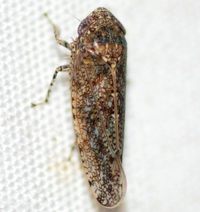 | Photo by: Kyle Kittelberger
Wake Co.
Comment: mixed hardwood forest habitat |
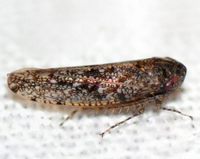 | Photo by: Kyle Kittelberger, Brian Bockhahn, Paul Scharf
Surry Co.
Comment: grassy, brushy habitat near forest edge | 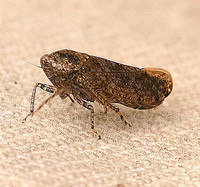 | Photo by: Paul Scharf
Warren Co.
Comment: Caught Sweeping |
|

 »
»